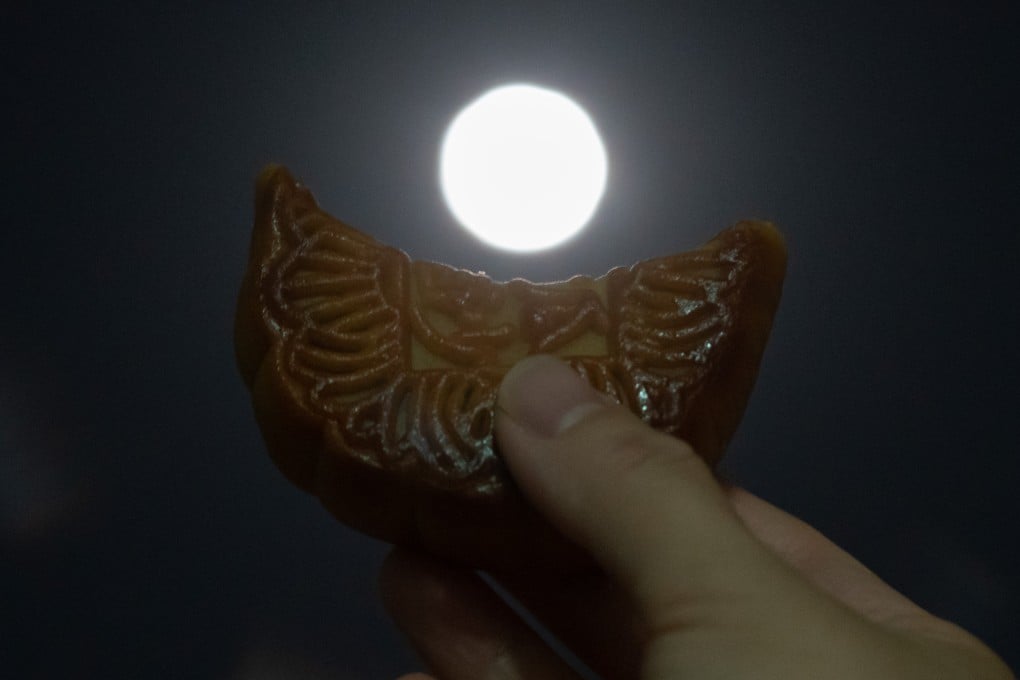Advertisement
Reflections | Giving mooncakes at Mid-Autumn a recent trend in China’s long history, first described in the 16th century
- While mooncakes have been made in China for 1,500 years, it is only in the past 500 that they were associated with Mid-Autumn, ancient texts show
- And a favourite myth about 14th century soldiers concealing battle instructions in mooncakes may have been created by Nationalists in the 20th century
Reading Time:2 minutes
Why you can trust SCMP

It is that time of the year again, when we are inundated by more mooncakes than we need or want.
I have to confess that as confectioneries go, mooncakes are not my favourite things. Every year, most of the sweetmeats boxed in elaborate and wasteful packaging that I receive from various people, companies and organisations end up in the rubbish bin.
There are many types of mooncakes. Cantonese mooncakes, with their brown crusts and lotus-seed paste fillings, are the ones with which we are most familiar.
Advertisement
Other regional varieties, with their different crusts and fillings, include those from the Chaozhou (or Chiu Chow) region of southeast China, the Yangtze River Delta, northern China, and so on.
The Japanese, Koreans and Vietnamese, who also observe the Mid-Autumn Festival, have their own mooncakes as well.
Advertisement
Advertisement
Select Voice
Choose your listening speed
Get through articles 2x faster
1.25x
250 WPM
Slow
Average
Fast
1.25x
